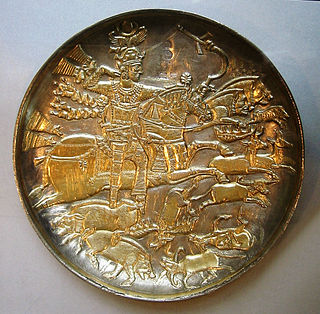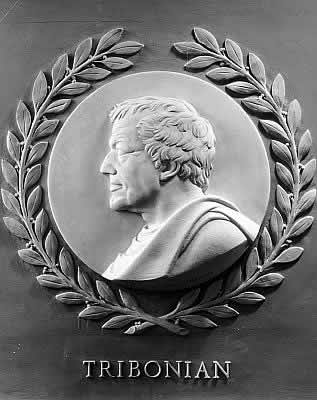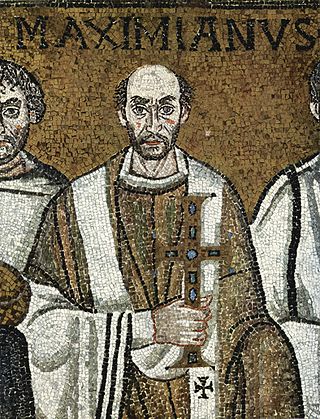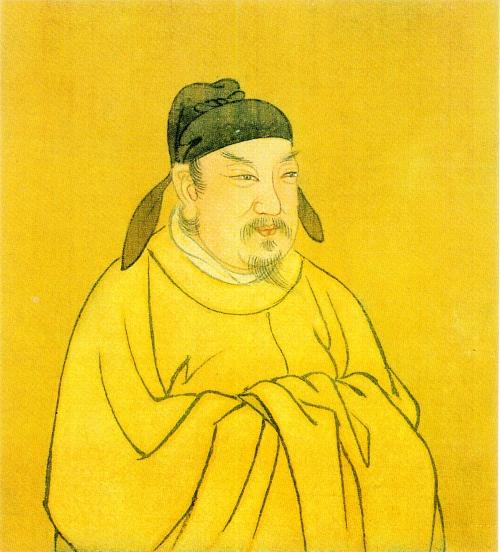
Year 604 (DCIV) was a leap year starting on Wednesday of the Julian calendar. The denomination 604 for this year has been used since the early medieval period, when the Anno Domini calendar era became the prevalent method in Europe for naming years.
The 530s decade ran from January 1, 530, to December 31, 539.
The 500s decade ran from January 1, 500, to December 31, 509.
The 510s decade ran from January 1, 510, to December 31, 519.
The 520s decade ran from January 1, 520, to December 31, 529.
The 550s decade ran from January 1, 550, to December 31, 559.
The 560s decade ran from January 1, 560, to December 31, 569.
The 570s decade ran from January 1, 570, to December 31, 579.
The 580s decade ran from January 1, 580, to December 31, 589.
The 490s decade ran from January 1, 490, to December 31, 499.
The 480s decade ran from January 1, 480, to December 31, 489.
The 420s decade ran from January 1, 420, to December 31, 429.

Year 531 (DXXXI) was a common year starting on Wednesday of the Julian calendar. At the time, it was known as the Year after the Consulship of Lampadius and Probus. The denomination 531 for this year has been used since the early medieval period, when the Anno Domini calendar era became the prevalent method in Europe for naming years.

Year 440 (CDXL) was a leap year starting on Monday of the Julian calendar. At the time, it was known as the Year of the Consulship of Valentinianus and Anatolius. The denomination 440 for this year has been used since the early medieval period, when the Anno Domini calendar era became the prevalent method in Europe for naming years.
Year 524 (DXXIV) was a leap year starting on Monday on the Julian calendar. In the Roman Empire, it was known as the Year of the Consulship of Iustinus and Opilio. The denomination 524 for this year has been used since the early medieval period, when the Anno Domini calendar era became the prevalent method in Europe for naming years.

Year 532 (DXXXII) was a leap year starting on Thursday of the Julian calendar. At the time, it was known as the Second year after the Consulship of Lampadius and Probus. The denomination 532 for this year has been used since the early medieval period, when the Anno Domini calendar era became the prevalent method in Europe for naming years.

Year 530 (DXXX) was a common year starting on Tuesday of the Julian calendar. In the Roman Empire, it was known as the Year of the Consulship of Lampadius and Probus. The denomination 530 for this year has been used since the early medieval period, when the Anno Domini calendar era became the prevalent method in Europe for naming years.

Year 535 (DXXXV) was a common year starting on Monday of the Julian calendar. At the time, it was known as the Year of the Consulship of Belisarius without colleague. The denomination 535 for this year has been used since the early medieval period, when the Anno Domini calendar era became the prevalent method in Europe for naming years.

Year 556 (DLVI) was a leap year starting on Saturday of the Julian calendar. The denomination 556 for this year has been used since the early medieval period, when the Anno Domini calendar era became the prevalent method in Europe for naming years.

Year 557 (DLVII) was a common year starting on Monday of the Julian calendar. The denomination 557 for this year has been used since the early medieval period, when the Anno Domini calendar era became the prevalent method in Europe for naming years.








